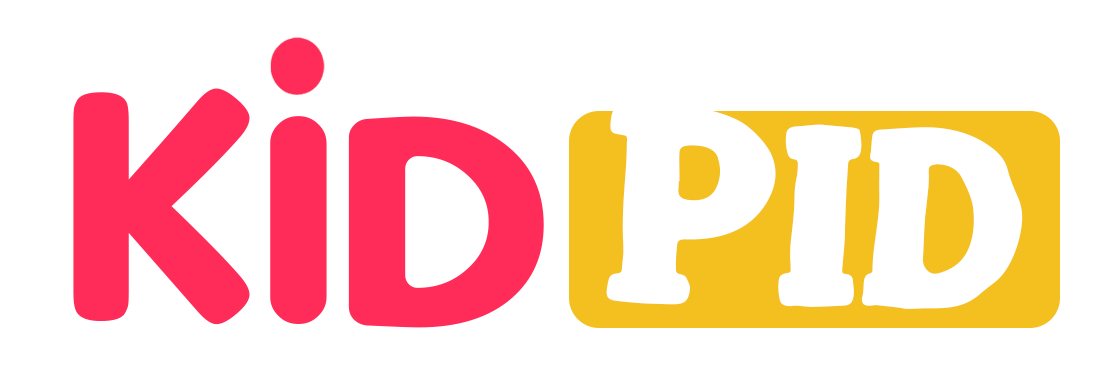Why is blood called connective tissue?
What are the different types of blood groups?
Blood: Tissue And Types
Blood is considered to be the connective tissue for the following reasons:
The Embryological part of the blood has the same origin as that for any other type of connective tissue. The blood is composed of the three components of the connective tissue fibres, matrix, and cells.
In this way, the blood vessels throughout the body deliver essential oxygen, hormones, nutrients, and related signaling molecules. It also eliminates waste.
That is, tin he circulating blood, there are two different types of cells. These are the elements of the enucleated during the and of the blood, or red blood cells, white blood cells, or the nuclear dna of white blood cells.
There are four groups FOR:
A: the surface of the red blood cells are the antigen, and plasma antibody B. Anti-B antibodies, which will attack the blood cells that are Oh-antigen.
“Group” means the surface of the red blood cells are the antigen, (B), and plasma antibodies against the a. A ranking of the “Anti-A” type will attack the blood cells as the antigen.
Group: time is of the blood of an element have the antigen (A) and (B), and the plasma contains antibodies against the A and Anti-B in People suffering from type (C) the EUROPEAN union can receive any blood type, ABO.
If the Plasma contains both anti-A and anti-B antibodies, but it is on the surface of the red blood cells, there is no A or B antigen. Because these antigens are not of the people, the ABO blood group may have this blood type.
– Written By Shivani Thakkar
Blood is the fluid connective tissue that acts as the medium to transport nutrients and oxygen from one part of the body to another. It is known as a connective tissue because of its role in the body, that is, the transport of gases and nutrients. As such, it connects different parts of the body, hence the category of connective tissue.
Blood consists of two parts: the plasma and the blood elements.
The plasma of the blood consists of all the essential nutrients and substances, including proteins, amino acids, nitrogenous substances and wastes- in short, everything other than the blood cells.
The blood corpuscles and the platelets come under the group of blood elements.
The different types of blood corpuscles are :
1. Red blood cells/erythrocytes –
· These are biconcave in shape
· These lack a nucleus and any other organelles
· These help in the transport of oxygen and carbon dioxide
· These contain an iron-rich product – haemoglobin- that imparts blood its red colour
2. White blood cells / Leucocytes –
· These are colourless cells
· These can be subdivided into granulocytes and agranulocytes
· These contribute to the defence of the body
· The granulocytes include –
a) Eosinophils
b) Neutrophils
c) Basophils
The granulocytes include –
a) Monocytes
b) Lymphocytes
3. Platelets –
· These are large disc-shaped cells
· These contribute in the clotting of the blood
Functions of the blood –
· It supplies oxygen to cells and tissues
· It collects carbon dioxide from the tissues and returns it to the lungs to be exhaled out
· It transports the essential nutrients like amino acids, fatty acids and glucose to cells
· It transports hormones from one part of the body to another
· The white blood cells present in the blood help in the defence mechanism of the body
· The platelets help in the clotting of blood and protect the wound from infections
Thus, blood belongs to the category of connective tissues because of its properties and origin. I hope this answer helps.
– Written By Manpreet
